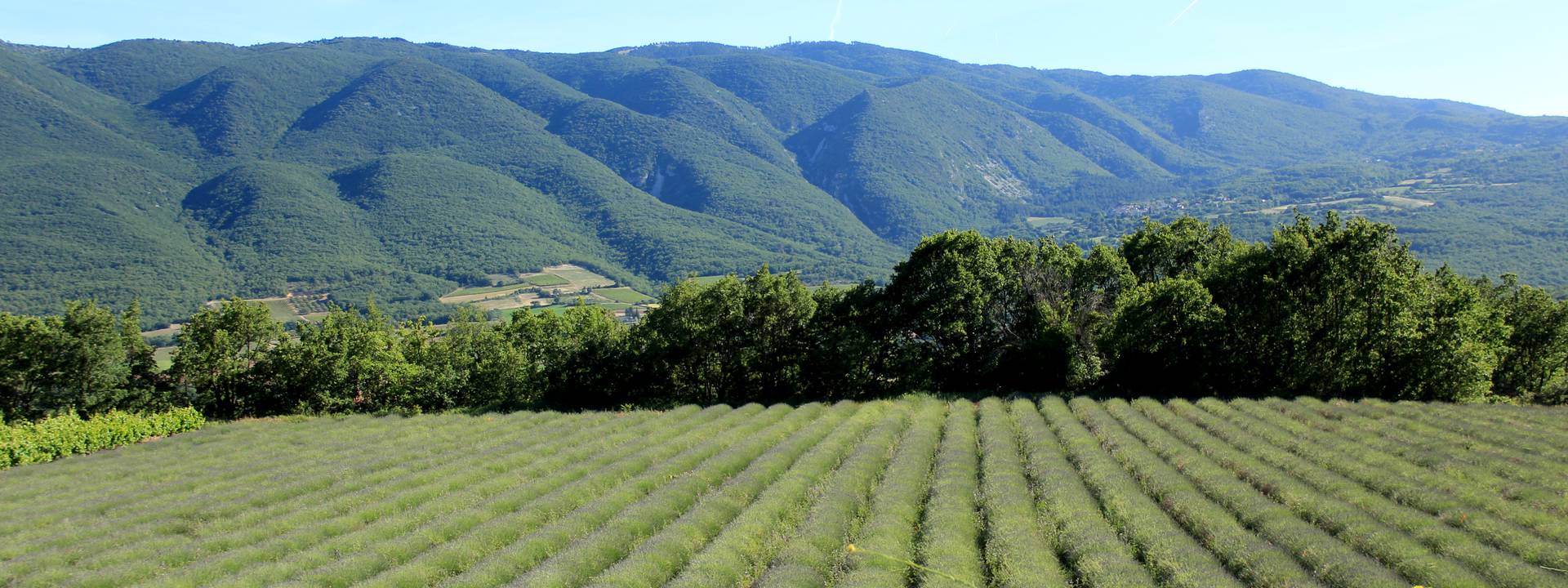The LubEron (without an accent)...
For some it is unique, for others there are several: the Luberon of Pays d'Apt, the Luberon of Pays d'Aigues...
For French writer Henri Bosco, it was "a beast". In fact, it is above all a massif stretching languidly over 60 km long between the Alps and the Mediterranean so it keeps both environmental aspects. Sometimes green, sometimes blueish, eternal and changeable, it is separated in two parts by the river Aiguebrun which carved the Combe de Lourmarin. On both sides stand: the Grand Luberon, to the East and the Petit Luberon, to the West.
The Grand is the Luberon of heights, an "almost" mountain. Its flanks are soft and rounded. Its summit, the "Mourre Negre" climbs up to 1125 meters! Towards the Cedar Forest, the Petit Luberon rises to 700 meters. More rugged, the Petit Luberon is rich with quarries of beautiful white and pure limestone, used formerly to build castles and bastides.
Villages located in the Massif du Luberon: Castellet, Auribeau, Saignon, Bonnieux, Lacoste, Ménerbes...
... and the Monts de Vaucluse
And in this welcoming but complex country, there are also the Monts de Vaucluse.
Facing the Luberon Massif and an integral part of the Regional Nature Park, the Monts de Vaucluse extend to the North and culminate at Lagarde d'Apt, at the "Signal de Saint Pierre", 1256 meters high (ie say the highest peak of the park).
More arid than the Luberon, in this area water sinks into the rock and creates underground networks that emerge in Fontaine de Vaucluse. Thus, on these infertile lands, fine lavender has found an ideal kingdom. On the trees side the Monts favors both beeches and oaks. Given the altitude, the staging of vegetation is considered mountainous.
Villages in the Monts de Vaucluse: Rustrel, Saint Saturnin lès Apt, Roussillon, Goult…

